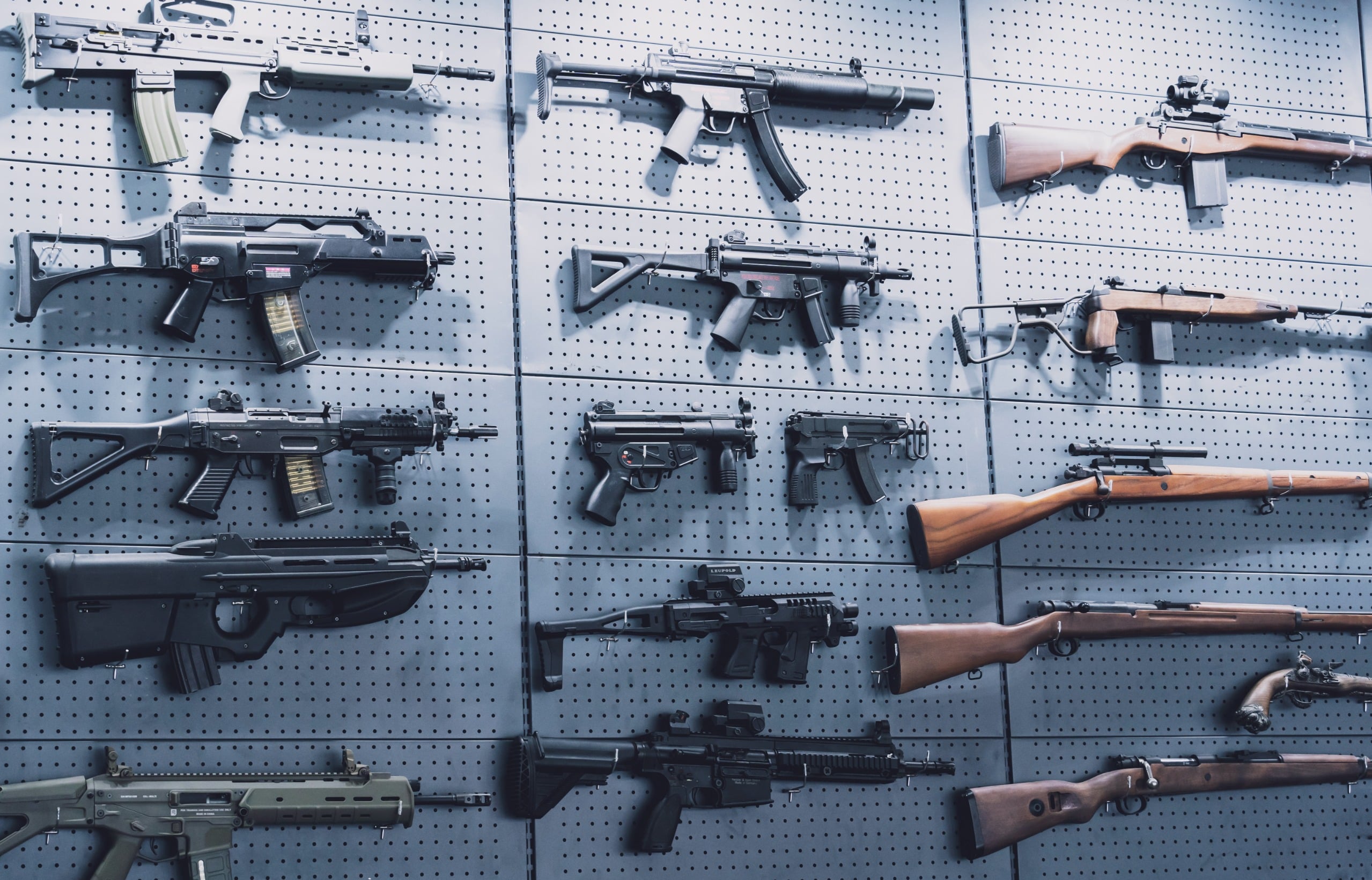Most people don’t think twice about the everyday items they carry, like a hammer, a pocket knife, or even a heavy flashlight. The categorization of an object as a dangerous weapon can have significant implications in criminal cases, as it can affect the severity of charges and potential penalties.
If you are accused of a crime involving a dangerous weapon, you need a criminal defense attorney on your side to fight for your rights. If you’re seeking answers or legal representation, reach out to Keyser Law P.A. for dedicated support and advocacy.
Understanding Dangerous Weapons
Under Minnesota law, a dangerous weapon includes any kind of firearm, whether it’s loaded or not. It also covers any object designed to be a weapon that could kill someone or cause severe injury. This definition extends to flammable liquids and other items that are likely to be deadly or cause serious harm when used in a certain way. Even fire itself counts as a dangerous weapon if it’s used to kill or badly hurt someone.
Factors Considered by the Courts
Courts typically consider several key factors when determining whether an object qualifies as a Dangerous weapon. These include:
Design
The design of the object in question plays an essential role in its categorization as a dangerous weapon. Objects that are specifically designed to cause harm or injury, such as firearms, knives, or blunt instruments, are more likely to be considered Dangerous weapons.
Intended Purpose
Another important factor considered by the courts is the intended purpose of the object. If an item is designed and marketed for self-defense or harm-inflicting purposes, it may be more likely to be classified as a Dangerous weapon.
Actual Use
The way the object was used in the alleged offense can also influence its categorization. Even if an object is not typically considered a dangerous weapon, if it was used in a manner that poses a significant risk of death or serious bodily harm, it may be treated as a Dangerous weapon in that particular case.
Perceived Threat
The perception of the object as a threat by the alleged victim or witnesses can be a determining factor. If the object is perceived to be a dangerous weapon and used in a threatening manner, it may be considered as one by the courts.
It is important to note that even everyday objects can be considered dangerous weapons if they are used in a manner that meets the above criteria. For example, a broken bottle, a car, or even a pair of hands can potentially be classified as dangerous weapons if used with the intent to cause harm or if they cause death or serious bodily harm.
Call a Minnesota Criminal Defense Lawyer Today
Charges involving dangerous weapons can have serious consequences, and you need a defense team ready to confront them head-on. Keyser Law P.A. has the experience to dissect Minnesota’s dangerous weapon laws and use them to your advantage in court.
From scrutinizing the weapon’s classification to advocating for reduced charges, we aim to protect your rights and secure the best possible outcome. Call (612) 338-5007 or connect with us online to learn how we can assist you.







